I've searched the forums but can't find an answer for my issue. I've got a simple LED circuit powered by 5V DC. When the switch is closed, I've got 2.8V across the resistor, 2.2V across the LED, and 0V across the switch (as expected).
However, when the switch is open, I get 3.45V across the switch but no other noticeable readings (0V across resistor and 0V across the LED). Where did the other 1.55V go? If I shunt across the LED, I get the expected 5V across the open switch connections. How is there a voltage drop across the LED in an open circuit and why can't it be measured with a DMM?

simulate this circuit – Schematic created using CircuitLab



